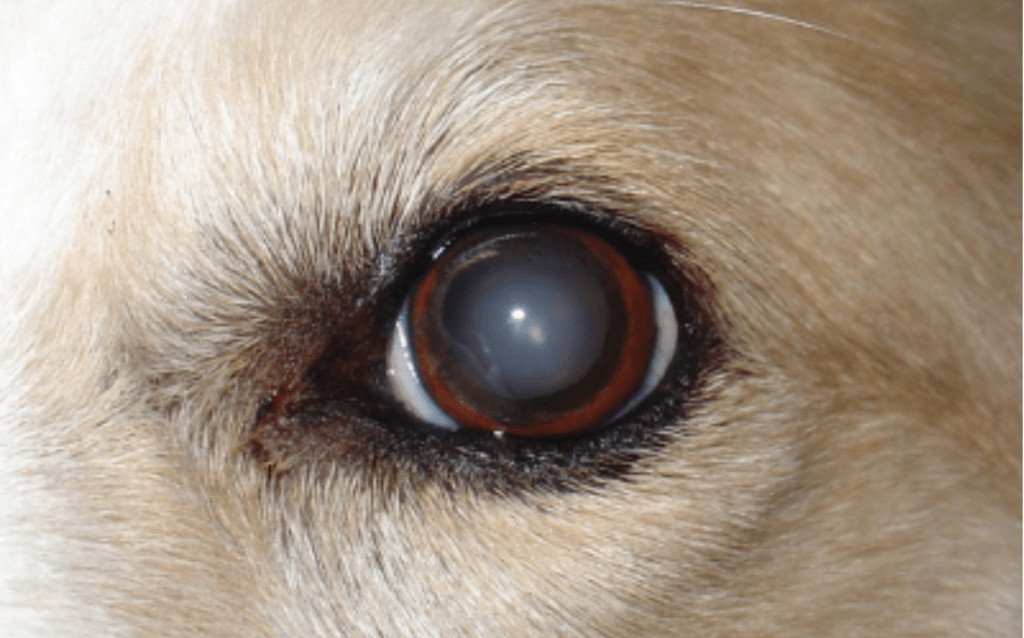Your dog eyes are truly amazing. These organs allow your beloved pet to see, hear, smell, and detect things that we can’t even begin to comprehend! Dog eyes may seem similar to human eyes, but there are many facts about dog eyes that you may not know — facts that only someone who works with dogs on a daily basis would be able to tell you! In this article, we’ll discuss 10 facts about dog eyes that many people don’t know (but should!).
Dog eyes

Our eyes are made up of two pigments— rods and cones. Rods detect movement in low light, while cones sense colour and fine detail in bright light. Dogs, like humans, have only rods, so they rely on their large pupils to capture as much light as possible when it’s dark. Their eyes are built for night vision—to help them hunt at night or when there is little sunlight. But don’t let that fool you: Dogs can see colours and images just as well as we can. In fact, they perceive colours better than we do.
Dogs only have one more cone (type of photoreceptor) than humans do but possess a larger number of rods; that means that dogs see fewer hues but with greater acuity than us. The retina also contains more photosensitive cells called ganglion cells in dogs compared to people too; those cells send information about colour and light intensity to parts of your brain responsible for processing visual information.
Must Read Complete Guide: Cleaning your Dog’s Eyes
What are the white lines in dogs’ eyes?

There are normally two white lines above and below your dog’s pupil. But if you notice the third line of white, that’s an indication of either an irritated tear duct or a potential issue with their cornea (the transparent, dome-shaped outer layer of their eyeball). This could indicate dry eye syndrome or keratoconjunctivitis sicca (also known as dry eye) in dogs. The former is simply when your pup’s tear ducts aren’t producing enough moisture to keep their eyes lubricated, while KCS is when they don’t produce any tears at all. Both can be treated with prescription eye drops, but it might take some time to find out what specifically works for your pup.
How do dogs see depth and distance?

Dogs, like people, have two eyes that work together to give them depth perception. Each eye has a lens with a curved surface. The lenses are set behind an area of tissue called the retina which contains light-sensitive cells that convert light into signals that travel along optic nerve fibers to your brain. Your dog’s brain processes these signals and tells his body where everything is in relation to him so he can navigate through his world safely and quickly. Your pup’s visual field is almost completely different from yours: Dogs see more of what’s going on around them at any given time than you do, but what they don’t see are fine details.
Where do they get their eyelashes from?

Dogs aren’t born with eyelashes. They only develop them as they grow. In most dogs, eyelashes form before birth, but in some cases, it can take months for a puppy to have enough hair growth to look like he has any. Sometimes a dog will end up looking like he has no eyelashes at all, but it’s important to remember that those aren’t actually missing; his fur is just too short or fine to notice them. Some breeds of dogs naturally grow longer lashes than others, including Samoyeds and Siberian Huskies. If you have a dog who doesn’t have much hair around her eyes, ask your vet if there are things you can do to encourage fuller eyelash growth.
Can dogs see color?

Like most mammals, dogs have dichromatic vision, which means they can only see two colours at a time. In fact, dogs with monochromatic vision, meaning they see just one colour are called red-green colourblind. These dogs may see some shades of green but not any shades of red. Read here for a study of colour vision in dogs!


